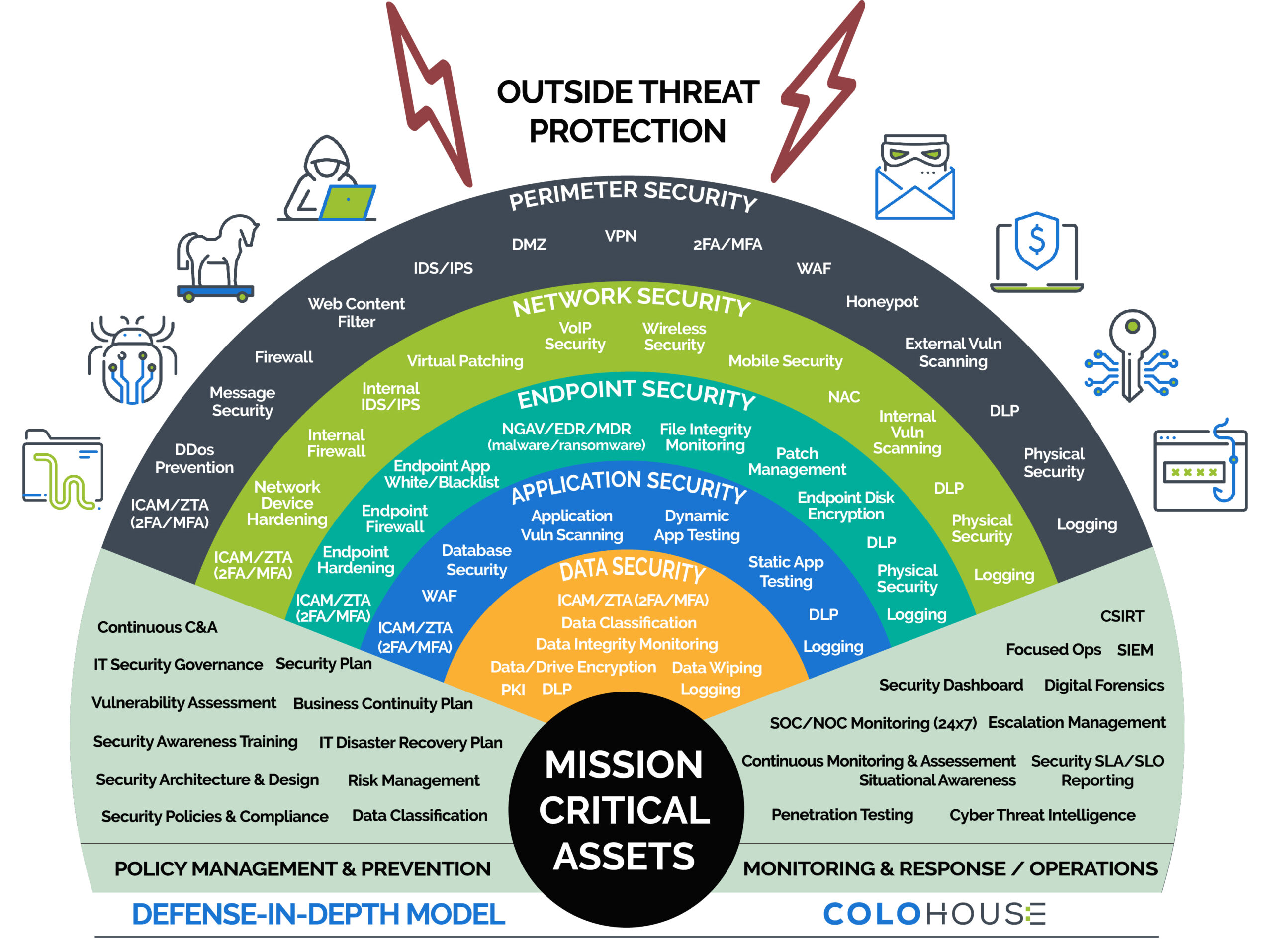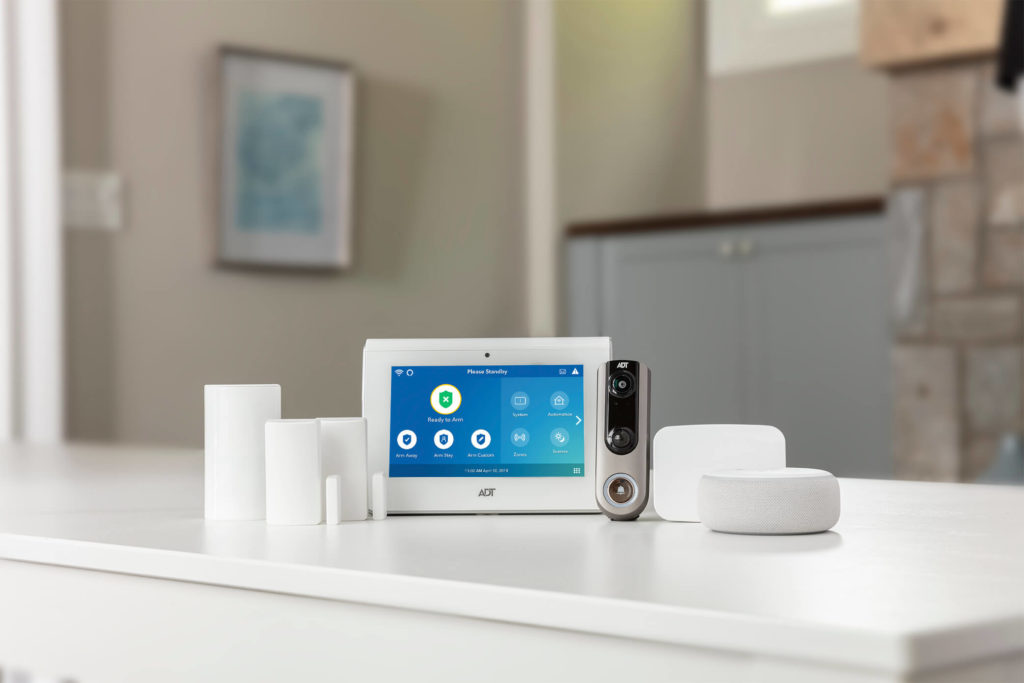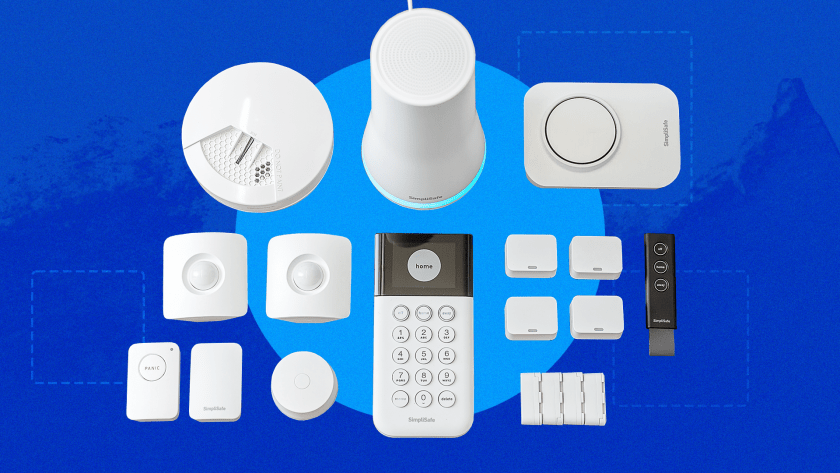In-Depth Home Security Analysis
Embark on a journey to safeguard your tranquility and ensure the safety of your home and loved ones with our “In-Depth Home Security Analysis”. This comprehensive guide reveals the significance of a meticulous home security inspection, emphasizing its role not just in reinforcing doors and alarms, but in weaving a protective net over every aspect of your living space. From unveiling the importance of understanding home security essentials, personalizing your protection with innovative technological solutions, to embracing proactive steps for threat prevention—our analysis serves as a cornerstone for crafting a haven that exemplifies safety and comfort. With expert insights aimed at empowering homeowners like you, this piece is your compass for navigating the landscape of home security, truly making your house a sanctuary for you and your family.

This image is property of www.adamosecurity.com.
Assessing External Threats
When looking into home security, it’s important to start from the outside and work your way in, examining how external factors pose potential threats to your home’s safety. This approach ensures a comprehensive understanding of your home’s security needs.
Identifying common external threats to residential areas
Common external threats include burglary, vandalism, and environmental damage. These can be influenced by several factors, such as the visibility of your home from the street or the ease of access to your property. By identifying these threats, you can better understand what security measures will be most effective for your home.
Analyzing the geographical location and its impact on security
The geographical location of your home plays a significant role in its security. Homes located in flood-prone or wildfire areas require specific protective measures, while properties in urban or high-crime areas might need enhanced security systems to deter human threats. Assessing your location helps tailor security measures to address these specific concerns.
Evaluating neighborhood crime rates and patterns
Understanding the crime rates and patterns in your neighborhood is key to assessing your external threats accurately. Areas with higher burglary or vandalism rates might necessitate stronger physical security measures, such as reinforced doors or gates, to deter potential intruders.
Recommending external lighting and visibility strategies
A well-lit exterior is a strong deterrent to potential intruders, as it increases the risk of being seen. Strategic placement of lights around entrances, windows, and dark corners of your property can significantly enhance your home’s security. Motion sensor lighting can also be an effective solution, illuminating areas as needed when activity is detected.
Physical Security Measures
Physical security measures are your first line of defense against intruders, providing a physical barrier to entry and enhancing the protection of your home.
Inspecting the integrity of doors and windows
Doors and windows are common entry points for intruders. Inspecting their integrity involves checking for weak frames, ensuring they close properly, and verifying that the glass is tough and resistant to break-ins. Upgrading to solid core doors, installing window locks, or applying security film can substantially increase their resistance to forced entry.
Assessing the effectiveness of locks and deadbolts
Locks and deadbolts are critical components of your home’s physical security. High-quality, tamper-resistant locks can significantly enhance the security of your doors. Assessing the current locks and potentially upgrading to smart locks or high-security deadbolt systems can provide an added layer of protection.
Evaluating the condition and placement of fences and gates
A well-maintained fence and gate can act as a strong deterrent to unauthorized access. Evaluating their condition to ensure they are sturdy and secure, as well as placing them strategically to control access points, is essential in creating a secure perimeter around your property.
Recommending physical barriers and reinforcements
Beyond fences and gates, other physical barriers and reinforcements, such as security bars on windows, can provide additional layers of security. These measures can be particularly effective in ground-level or accessible windows, making it more difficult for potential intruders to gain entry.
Electronic Security Systems
Electronic security systems play a critical role in modern home security strategies, offering surveillance, alarms, and monitoring solutions to enhance your home’s protection.
Evaluating the needs for alarm systems
An alarm system can serve as both a deterrent to potential intruders and a notification system for homeowners and authorities in case of a breach. Evaluating your need for an alarm system involves considering your home’s vulnerability, the valuables within, and your personal security needs.
Comparing wired vs wireless security solutions
When choosing between wired and wireless security systems, consider factors such as installation complexity, reliability, and the flexibility to expand the system in the future. Wireless systems offer easier installation and can be more adaptable, while wired systems are known for their reliability and are less susceptible to interference.
Assessing the integration of cameras and surveillance
The integration of cameras and surveillance systems can significantly enhance your home security. Assessing your property to determine strategic locations for cameras, considering coverage areas, and choosing between recording options are key steps in implementing an effective surveillance system.
Smart home security features and their benefits
Smart home security features, such as remote monitoring, smart locks, and automated alerts, bring convenience and enhanced control to home security. These features allow you to monitor your home in real-time, manage access remotely, and receive immediate notifications of any security breaches, offering a robust solution to modern security challenges.
Internal Security Protocols
Internal security protocols are essential in safeguarding against potential risks from within the home, ensuring the safety of occupants and valuables.
Assessing potential internal security risks
Internal security risks can include unsecured valuables, accessible weapons, or the lack of a safe room. Assessing these risks involves reviewing how valuables are stored, who has access to potentially dangerous items, and how occupants can remain safe in an emergency.
Recommending safe practices for storing valuables
Storing valuables in a secure, locked safe or using a safety deposit box for highly valuable items can protect against theft or damage. It’s also important to keep a detailed inventory of valuables, including photos and serial numbers, for insurance purposes.
Educating on emergency response procedures
Having a clear, practiced emergency response plan is crucial for the safety of your home’s occupants. This includes knowing how to react in case of a break-in, fire, or natural disaster, and ensuring all family members are familiar with the plan.
Promoting internal communication systems for security alerts
Implementing a system for internal communication during a security threat, such as a household intercom system or a group messaging app, can help keep all occupants informed and coordinated in response to a security event.

This image is property of colohouse.com.
Environmental Design for Security
Environmental design can greatly influence the security of your home, incorporating natural surveillance, territorial reinforcement, and access control strategies to deter potential intruders.
Utilizing landscaping for enhanced security
Strategic landscaping can improve home security by reducing hiding spots for intruders and creating natural barriers. For example, thorny plants under windows can deter access, while trimmed hedges and trees can improve visibility and eliminate hiding spots.
Designing the layout to eliminate hiding spots for intruders
The layout of your property should be designed to eliminate potential hiding spots for intruders. This includes ensuring clear lines of sight from the street and neighboring properties and utilizing lighting effectively to illuminate dark corners.
Lighting designs that enhance security while maintaining aesthetics
Security lighting should be designed to illuminate access points and potential hiding spots without compromising the aesthetic appeal of your home. Low-voltage landscape lighting and strategically placed floodlights can both enhance security and contribute to the overall beauty of your property.
Secure but accessible entry and exit routes in case of emergencies
In designing your home’s layout, it’s important to ensure that there are secure but accessible entry and exit routes for use in emergencies. This includes having multiple egress points and ensuring that security measures do not inadvertently trap occupants inside during an emergency.
Community Involvement and Awareness
The involvement of the community plays a significant role in enhancing the overall security of an area, offering collective vigilance and support.
The role of neighborhood watch programs in home security
Neighborhood watch programs encourage collaboration and communication among residents to monitor and report suspicious activities, fostering a collective approach to neighborhood security. Participating in or initiating such a program can significantly enhance your area’s security.
Leveraging community resources for security improvements
Communities often have resources available for security improvements, such as grants for street lighting or security workshops. Leveraging these resources can help in implementing comprehensive security measures at a lower cost.
Increasing awareness about common security threats
Educating your community about common security threats and how to recognize suspicious activities can empower residents to take proactive measures in safeguarding their homes and neighborhood.
Collaboration with local law enforcement for regular updates and tips
Collaborating with local law enforcement can provide valuable insights and updates on local crime patterns and preventive tips. Many law enforcement agencies offer home security assessments and community seminars on crime prevention strategies.

This image is property of assets-global.website-files.com.
Technology and Home Security
Advancements in technology have revolutionized home security, offering innovative solutions to protect your home more effectively.
Innovations in home security technology
Recent innovations in home security technology include biometric locks, which use fingerprint or facial recognition, and advanced motion detectors that can differentiate between pets and potential intruders, reducing false alarms and enhancing security accuracy.
Integration of AI and machine learning in security systems
AI and machine learning technologies are being integrated into security systems to provide smarter surveillance and threat detection capabilities. These technologies can analyze behavior patterns to detect unusual activities automatically and alert homeowners or authorities accordingly.
Benefits of remote monitoring and control
Remote monitoring and control capabilities allow homeowners to keep an eye on their properties from anywhere in the world. This level of control and real-time monitoring offers peace of mind and a higher level of security management.
Cybersecurity measures for smart home systems
As more home security systems become connected to the internet, cybersecurity becomes a critical consideration. Implementing strong passwords, using secure Wi-Fi networks, and regularly updating system firmware are key steps in protecting your smart home systems from cyber threats.
Family and Occupant Behavior
The behavior of family members and occupants plays a crucial role in maintaining home security, emphasizing the importance of awareness and adherence to security protocols.
Educating family members on security protocols
Ensuring that all family members are educated on your home’s security protocols, such as how to arm the alarm system or what to do in an emergency, is essential for maintaining a secure environment.
Assessing daily routines for potential security lapses
Routine activities, such as leaving windows open or failing to activate security systems, can create vulnerabilities. Assessing daily routines and identifying potential security lapses allow for adjustments that enhance home security.
Implementing secure and safe practices
Implementing secure practices, such as always locking doors and windows, not sharing security codes, and being cautious with who is granted access to your home, can significantly reduce the risk of security breaches.
Role of children and elderly in maintaining home security
Children and elderly family members can play a vital role in home security by being taught to be vigilant and adhere to security protocols. This includes educating them on the importance of not opening the door to strangers and how to use the security system.

This image is property of www.jnadealerprogram.com.
Routine Maintenance and Security Updates
Regular maintenance and keeping your security systems up to date are essential in ensuring the effectiveness of your home’s security measures.
Schedule for regular security system checks
Setting a schedule for regular checks of your security systems ensures that all components are functioning correctly and reduces the risk of malfunctions during critical moments.
Upgrading security hardware and software
Upgrading your security hardware and software can enhance your home’s protection against newer threats. This includes adopting the latest security technologies and updating system software to patch vulnerabilities.
Assessing wear and tear on physical security measures
Regularly assessing the wear and tear on physical security measures, such as locks, doors, and fences, ensures that these barriers remain strong and effective in deterring potential intruders.
Stay updated with the latest in security advisories
Staying informed about the latest security advisories and potential threats allows homeowners to take preemptive measures to protect their properties, keeping them one step ahead of potential risks.
Conclusion: Peace of Mind through Comprehensive Security
Maintaining a secure home requires a holistic approach, integrating physical and electronic security measures with awareness and community involvement. By following the outlined recommendations and regularly evaluating your home’s security systems, you can create a safe haven for your loved ones. Remember, security isn’t just about the measures you put in place; it’s about the peace of mind that comes with knowing your home is well-protected. Empower yourself with knowledge and resources to ensure ongoing security and enjoy the tranquility that comes from safeguarding what matters most.

This image is property of i.pcmag.com.


